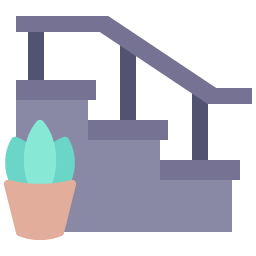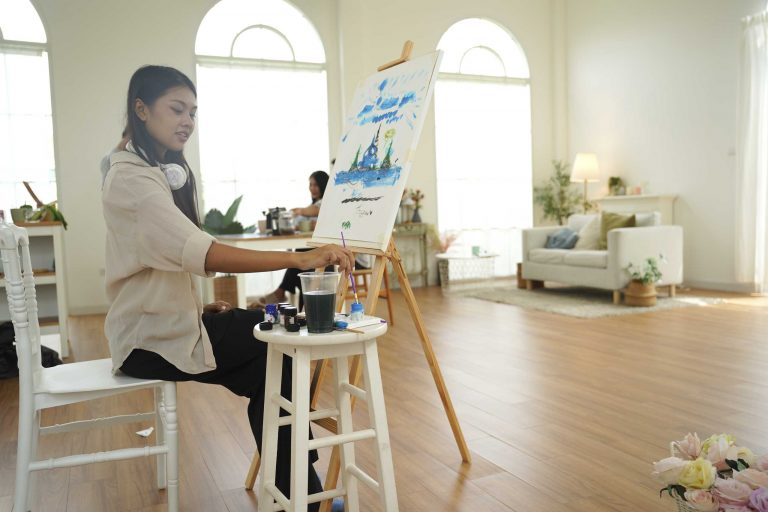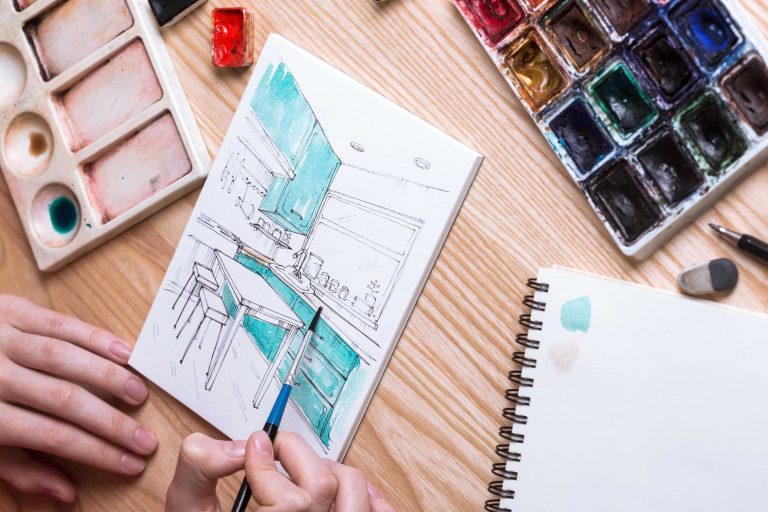One of the most exciting parts of interior sketching is capturing the feel of different materials — from plush velvet sofas to sleek wooden floors. Texture breathes life into your drawings, making them tactile and inviting.
Why Texture Matters
Textures help convey mood and atmosphere. A rough brick wall feels rustic and cozy, while a glossy marble surface adds elegance and modernity. When you skillfully depict textures, your sketches become immersive stories, not just images.
Techniques to Create Texture
Here are some practical ways to bring textures into your sketches:
- Hatching and Cross-Hatching: Use lines in different directions and densities to suggest rough or smooth surfaces. Closer lines create darker, denser textures, while spaced lines feel lighter.
- Stippling: Small dots clustered together can mimic grainy or porous materials like stone or fabric.
- Blending and Smudging: For soft textures such as cushions or curtains, gently blend pencil strokes or use a blending stump to create smooth transitions.
- Patterning: Repeating shapes or motifs can suggest tiles, wood grains, or fabric weaves.
Using Color and Contrast
Color adds another dimension to texture. Warm tones can evoke softness, while cool hues might suggest sleekness or coldness. Contrast between light and shadow also enhances texture perception — highlighting bumps, folds, or reflections.
Experiment with layering colors lightly, and don’t be afraid to mix mediums, like combining watercolor washes with pencil details to create rich textures.
Practice Makes Perfect
Improving texture rendering takes patience and observation. Try:
- Studying Real Materials: Touch and examine surfaces around you; note how light interacts with them.
- Copying Photographs: Practice replicating textures from images, focusing on lines, shapes, and shading.
- Daily Sketching: Dedicate time to sketch different textures — wood, metal, fabric — in quick studies.
Mastering texture in your interior sketches transforms flat drawings into vivid, sensory experiences. The more you practice, the more intuitive it becomes to suggest material qualities with simple marks.




